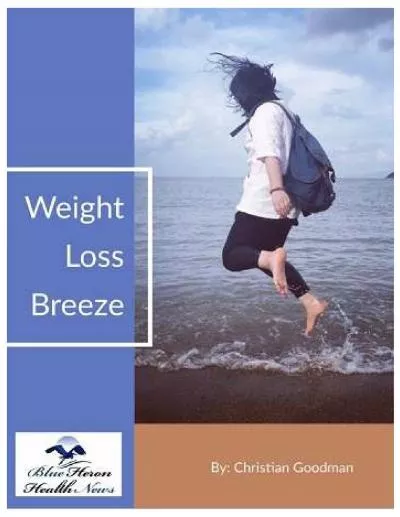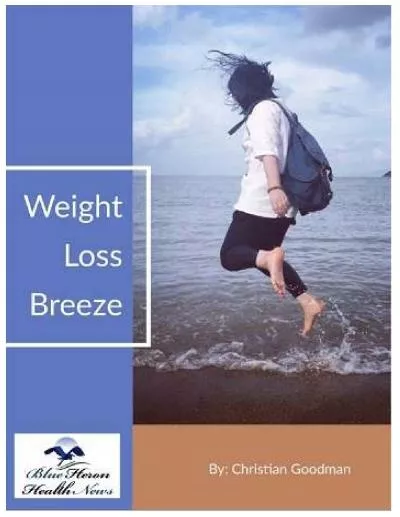PPT-LENGTH-WEIGHT RELATIONSHIP, CONDITION FACTOR AND SPECIES ABUNDANCE OF SOME ECONOMIC IMPORTANT
Author : trinity | Published Date : 2023-10-27
Taiwo A bdulkareem Babatunde and Salaudeen F atimah Modupeola Department of Human Kinetics Sports and Health Education Lagos State University Ojo INTRODUCTION
Presentation Embed Code
Download Presentation
Download Presentation The PPT/PDF document "LENGTH-WEIGHT RELATIONSHIP, CONDITION FA..." is the property of its rightful owner. Permission is granted to download and print the materials on this website for personal, non-commercial use only, and to display it on your personal computer provided you do not modify the materials and that you retain all copyright notices contained in the materials. By downloading content from our website, you accept the terms of this agreement.
LENGTH-WEIGHT RELATIONSHIP, CONDITION FACTOR AND SPECIES ABUNDANCE OF SOME ECONOMIC IMPORTANT: Transcript
Download Rules Of Document
"LENGTH-WEIGHT RELATIONSHIP, CONDITION FACTOR AND SPECIES ABUNDANCE OF SOME ECONOMIC IMPORTANT"The content belongs to its owner. You may download and print it for personal use, without modification, and keep all copyright notices. By downloading, you agree to these terms.
Related Documents

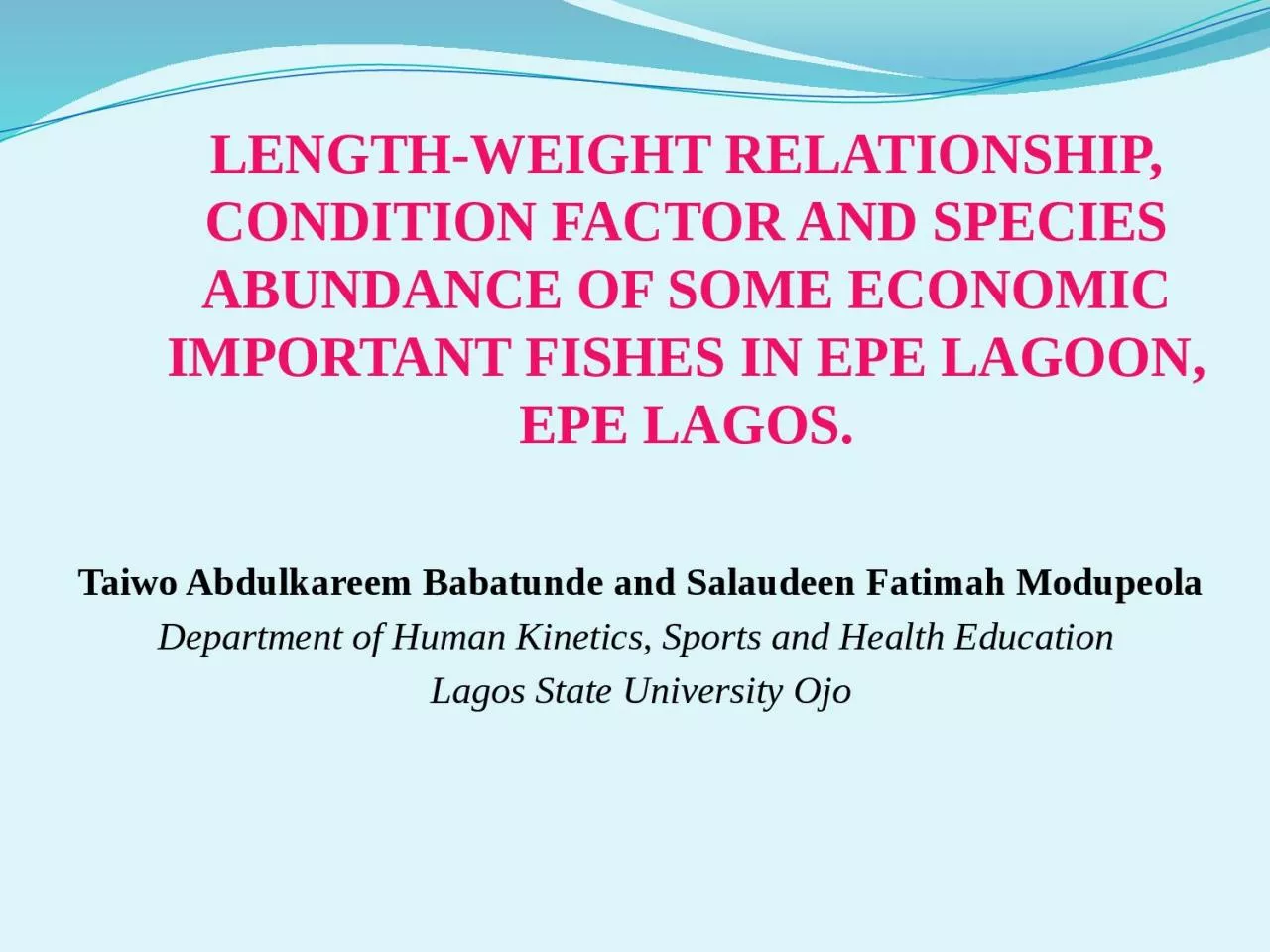



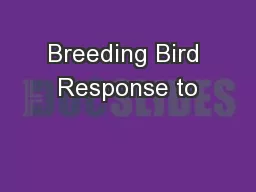

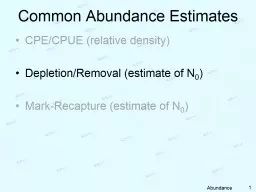
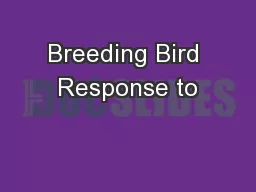
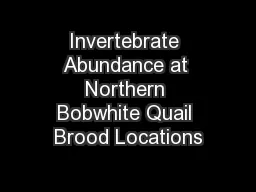

![[READ] - The Abundance Factor: How To Tap Into The Unlimited Abundance Of The Universe](https://thumbs.docslides.com/903317/read-the-abundance-factor-how-to-tap-into-the-unlimited-abundance-of-the-universe-and-have-anything-you-ve-always-wanted.jpg)
![[EBOOK] - The Abundance Factor: How To Tap Into The Unlimited Abundance Of The Universe](https://thumbs.docslides.com/905861/ebook-the-abundance-factor-how-to-tap-into-the-unlimited-abundance-of-the-universe-and-have-anything-you-ve-always-wanted.jpg)
